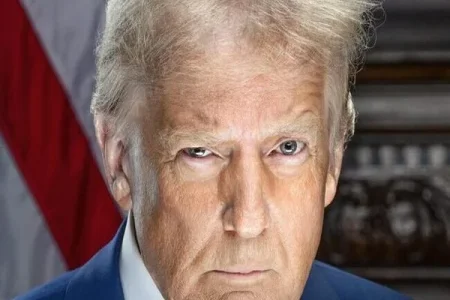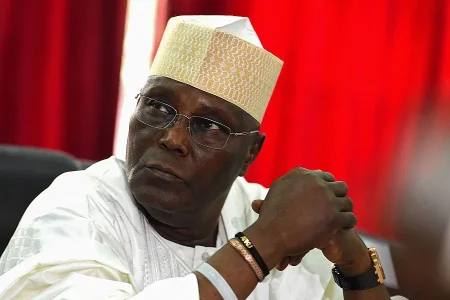
The U.S. has imposed a massive 245% tariff on Chinese imports in a major escalation of the trade war, citing national security and economic independence. The move follows China’s retaliation and has sparked fears of global market disruption, higher consumer prices, and a new wave of international trade disputes.
The U.S. has imposed a massive 245% tariff on Chinese imports in a major escalation of the trade war, citing national security and economic independence. The move follows China’s retaliation and has sparked fears of global market disruption, higher consumer prices, and a new wave of international trade disputes.
President Donald Trump has announced a sweeping 245% tariff on Chinese imports. The move, formalized through a newly signed Executive Order on April 15, marks what the administration calls a critical turning point in safeguarding American economic and national security interests.
According to an official White House statement, the tariffs are a response to retaliatory actions taken by China after earlier rounds of US-imposed trade restrictions. The order also launches a formal investigation into the United States’ dependence on foreign sources for processed critical minerals and associated goods, materials vital for industries ranging from electronics to defense.
Trump's office described the announcement as part of a broader strategic initiative following what it termed “Liberation Day”—the start of the administration’s push for stronger domestic production and renegotiated global trade deals. Officials claim more than 75 countries have since entered discussions with the US for updated trade terms.
“China’s countermeasures forced our hand,” the statement read, citing Beijing’s history of trade violations and market manipulation. The administration framed the decision as “decisive action” necessary to secure American jobs and industrial independence.
While the political messaging emphasizes resilience and sovereignty, economists warn that such a steep increase in tariffs could ripple across global supply chains. Higher costs on imported goods may lead to price surges for American consumers, potentially straining the post-pandemic recovery.
International trade experts suggest China could retaliate further or challenge the decision at the World Trade Organization. Markets now brace for further volatility as the world’s two largest economies square off once more in a high-stakes trade standoff.




